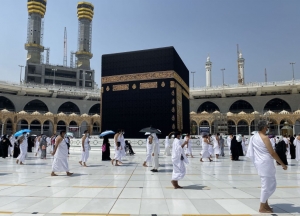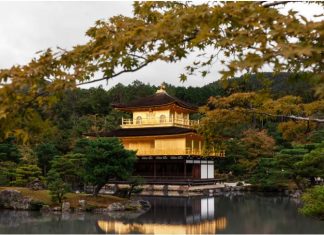Turkmenistan, a central Asian gem, offers a deep connection to one of the most influential trade routes in history: the Silk Road. For centuries, this expansive network of paths connected the East and West, facilitating the exchange of goods, culture, and ideas. The remnants of this historical trade route still resonate through the modern landscape, inspiring travelers to reflect on the importance of both journey and destination.
Today, Turkmenistan tours bring individuals face to face with this rich past while encouraging mindfulness in both exploration and reflection. As travelers traverse the landscapes that once hosted caravans of traders, they gain a profound sense of motivation—driven by the same curiosity and ambition that fueled past explorers along the Silk Road.
Turkmenistan: A Living Legacy of the Silk Road
The legacy of the Silk Road is alive and well in Turkmenistan, with historical sites such as Merv, a once-thriving city at the heart of the trade route, offering visitors a glimpse into the past. Merv was a vibrant hub that attracted merchants from across the globe, making it an essential stop for caravans. Today, the ruins of Merv stand as a testament to the resilience and importance of this ancient city.
Exploring the ruins offers an opportunity to reflect on the interconnectedness of civilizations, inspiring a deeper understanding of global history. The intricate designs of Merv's architecture, along with the sprawling ruins, invoke a sense of awe, providing a fitting backdrop for those seeking to reconnect with the rhythms of time and place. Each step taken in these ancient ruins allows for mindfulness, as the layers of history reveal themselves to those who pause to observe and reflect.
Cultural Insights Along the Journey
Traveling through Turkmenistan's diverse landscapes offers more than just historical encounters; it introduces travelers to a vibrant, living culture that still reflects the influences of the Silk Road. In cities such as Ashgabat, the capital, travelers can witness a blend of modernity and tradition. The city's stark, white marble buildings stand in contrast to the ancient mausoleums and mosques that dot the landscape.
These architectural feats speak to the lasting impact of Persian, Ottoman and Central Asian influences that have shaped Turkmenistan's cultural identity. Interactions with local communities further enhance the tour experience, offering insight into customs and practices that have been passed down through generations. Mindfulness is cultivated as travelers embrace these encounters, recognizing the historical significance of each conversation and the exchange of ideas that has occurred across centuries.
Landscapes That Invite Reflection
Turkmenistan's natural landscapes offer an ideal setting for contemplation. From the vast, windswept expanses of the Karakum Desert to the tranquil shores of the Caspian Sea, the country's varied geography provides ample opportunities to disconnect from the bustle of daily life. The serene isolation of these environments encourages introspection, urging visitors to consider their own personal journey.
As the ancient traders once navigated these harsh terrains with determination, so too does the modern traveler draw inspiration from the endurance required to explore these regions. Each stretch of desert and each breathtaking vista serves as a reminder of the enduring human spirit and the importance of mindfulness in one's own travels.
Experiencing Motivation and Mindfulness Through Art and Craft
The art and craftsmanship found in Turkmenistan serve as another source of inspiration for mindfulness. Traditional weaving, for instance, has been a staple of Turkmen culture for centuries. The intricate patterns and vibrant colors of Turkmen carpets reflect a deep connection to the land and its people. Observing artisans at work, or even partaking in a carpet-making demonstration, provides an opportunity to engage with a creative process that spans generations.
The painstaking attention to detail required to create these masterpieces invites mindfulness, encouraging travelers to slow down and appreciate the beauty in each stitch. The connection between the craft and the cultural heritage of Turkmenistan becomes clear, as each piece tells a story of history, identity and perseverance.
Mindfulness in the Modern Context
In today's fast-paced world, the lessons of the Silk Road can often seem distant or irrelevant. However, a tour of Turkmenistan reminds travelers that the journey is as important as the destination. The motivation to continue exploring, learning, and growing is a timeless concept that transcends the ancient world. The mindfulness achieved through a deep engagement with the country's history, culture, and landscapes provides an opportunity to reconnect with the present moment.
Reflecting on the trade routes of the past and the people who once traversed them can inspire modern travelers to approach their own lives with a renewed sense of purpose and focus. The lessons learned along the Silk Road continue to resonate, offering motivation for future journeys and mindfulness in daily life.






